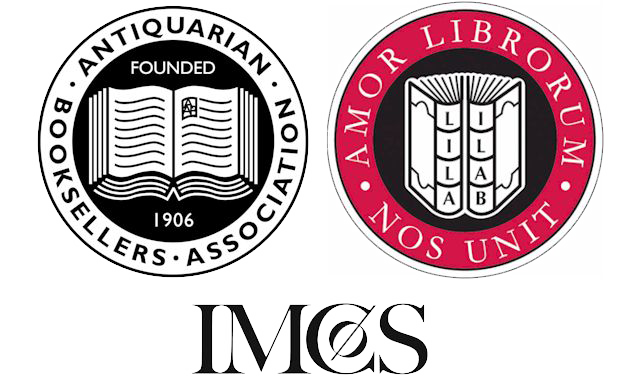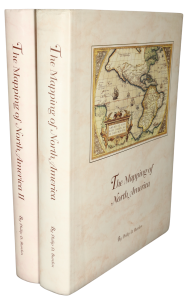Rare Maps and Prints
- World & Celestial
- North America
- West Indies, South & Central America
- British Isles
- British Isles
- English counties
- Large-scale
- Bedfordshire
- Berkshire
- Buckinghamshire
- Cambridgeshire
- Cheshire
- Cornwall
- Cumberland
- Derbyshire
- Devon
- Dorset
- Durham
- Essex
- Gloucestershire
- Hampshire
- Herefordshire
- Hertfordshire
- Huntingdonshire
- Islands
- Kent
- Lancashire
- Leicestershire
- Lincolnshire
- Middlesex
- Norfolk
- Northamptonshire
- Northumberland
- Nottinghamshire
- Oxfordshire
- Rutland
- Shropshire
- Somerset
- Staffordshire
- Suffolk
- Surrey
- Sussex
- Warwickshire
- Westmoreland
- Wiltshire
- Worcestershire
- Yorkshire
- Wales
- Scotland
- Ireland
- Western Europe
- Eastern Europe
- Middle East
- Africa
- Asia
- Australasia & Pacific
- Decorative Prints
- Title Pages
Mr. Philip D. Burden
P.O. Box 863,
Chalfont St. Giles, Bucks HP6 9HD,
UNITED KINGDOM
Tel: +44 (0) 1494 76 33 13
Email: enquiries@caburden.com
This scarce plan of the second battle fought in the American Revolution is from the August, 1775 issue of ‘The Pennsylvania Magazine’. It is ONLY THE SECOND MAP OF THE AMERICAN REVOLUTION TO BE PRINTED IN AMERICA preceded only by a more general map of Boston in the July, 1775 issue of the same Magazine. Following the battles of Lexington, Concord and Bunker Hill in the spring of 1775, the newly formed American army kept the British army bottled up in Boston. However, the American chances of taking the city were very poor. It had land access only across the narrow Boston Neck and the British were in complete control of the sea. So the Americans had no other choice than to use heavy artillery. The stalemate was only broken in the spring of 1776, when the American General Henry Knox placed cannon which had been transported mid-winter on Dorchester Heights overlooking the city.
The map displays the positions of the various fortifications of General Gage’s British forces including the guard houses, stockades and bomb battery on the Neck which connected the city to the mainland and is now known as Washington Street. This scarce plan is one of the earliest printed maps of the Revolution and notable for being an American publication. Thirty items on the map are numbered to a key in the magazine. From the plan, the editor notes, ‘it will be easy to form a perfect idea of the manner in which the General hath blockaded the entrances into [Boston].’ Not noted in the literature is the fact that there are at least two states of this plan, with minor textual differences between the two. The present item appears to be a second state.
The ‘Pennsylvania Magazine’ was published in Philadelphia from January 1775 through July 1776. For much of this period the Magazine was edited by the author of ‘Common Sense’, Thomas Paine. The issue for August 1775 contains very important content relating to the beginning of the Revolution, including a British report of their losses at Lexington and Concord, and letters from the Continental Congress to the inhabitants of Great Britain and Ireland rejecting the British ‘plan of accommodation (as it has been absurdly called).’ Boston Engineering Department, ‘List of Maps of Boston’, p. 51; Jolly (1990) ‘Maps of America in Periodicals before 1800’, 268; Nebenzahl (1975) no. 5; Sellers & Van Ee (1981) no. 895; Wheat & Brun (1978) no. 237.
The map displays the positions of the various fortifications of General Gage’s British forces including the guard houses, stockades and bomb battery on the Neck which connected the city to the mainland and is now known as Washington Street. This scarce plan is one of the earliest printed maps of the Revolution and notable for being an American publication. Thirty items on the map are numbered to a key in the magazine. From the plan, the editor notes, ‘it will be easy to form a perfect idea of the manner in which the General hath blockaded the entrances into [Boston].’ Not noted in the literature is the fact that there are at least two states of this plan, with minor textual differences between the two. The present item appears to be a second state.
The ‘Pennsylvania Magazine’ was published in Philadelphia from January 1775 through July 1776. For much of this period the Magazine was edited by the author of ‘Common Sense’, Thomas Paine. The issue for August 1775 contains very important content relating to the beginning of the Revolution, including a British report of their losses at Lexington and Concord, and letters from the Continental Congress to the inhabitants of Great Britain and Ireland rejecting the British ‘plan of accommodation (as it has been absurdly called).’ Boston Engineering Department, ‘List of Maps of Boston’, p. 51; Jolly (1990) ‘Maps of America in Periodicals before 1800’, 268; Nebenzahl (1975) no. 5; Sellers & Van Ee (1981) no. 895; Wheat & Brun (1978) no. 237.
THE PENNSYLVANIA MAGAZINE
Exact Plan of General Gage's Lines on Boston Neck in America
Philadelphia, 1775
305 x 225 mm. Some tears, separations and chips minimised by being laid down on rice paper. Margin added top and bottom outside the neat lines with loss to imprint in both locations ‘Aitken Sculp’ below and ‘Engrav’d for the Pennsylva. Magazine’ above. Remnants of old stains, the two most prominent of which are at the middle left in the area labelled ‘Brick Yard.’ With the August 1775 issue of the Magazine, disbound and with staining.
Stock number: 4035
SOLD








